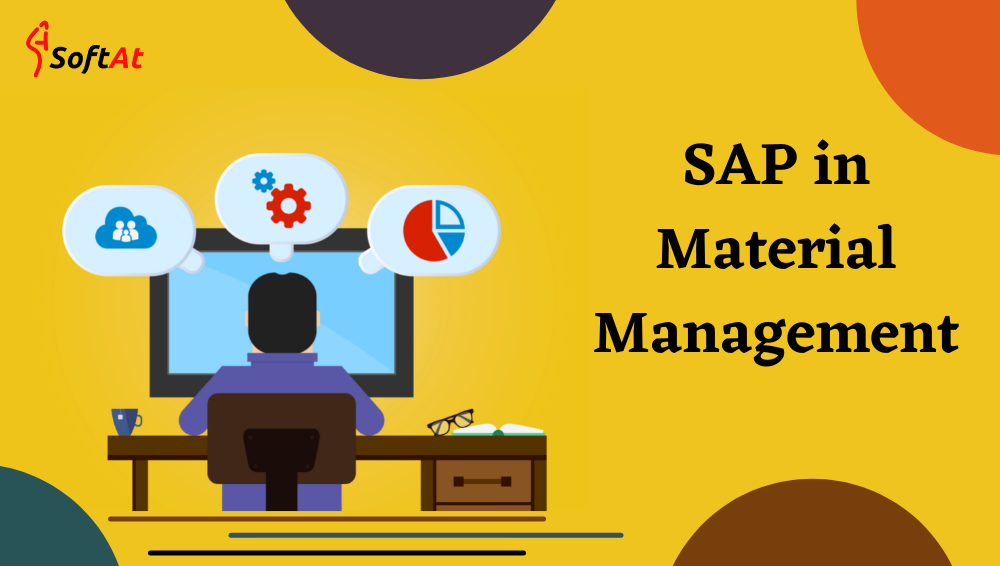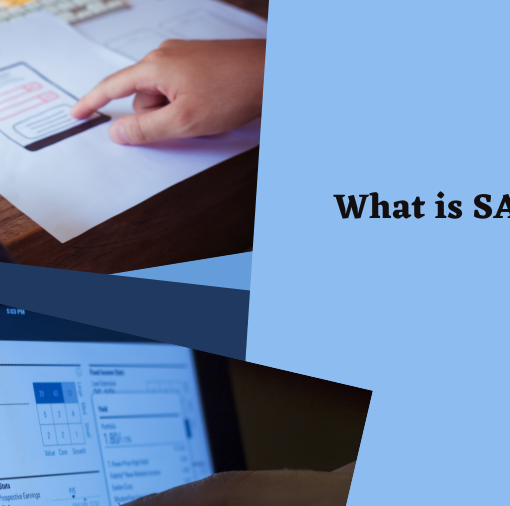
SAP ERP (Enterprise Resource Planning) is a commercial software that integrates all the information in a single software, considering various factors such as time and cost. Organizations can easily meet their business demands with the help of SAP.
SAP in MM Module
SAP Business Process
SAP MM is the short form for SAP Material Management system. The roles of SAP MM in a business process are as follows −
- A business process in SAP is termed as a “module”.
- SAP MM is a part of logistics functions and it helps in managing the procurement activities of an organization.
- It supports all aspects of material management (planning, control, etc.).
- It is the backbone of logistics that incorporates modules such as Sales and Distribution, Production Planning, Plant Maintenance, Project Systems, and Warehouse Management.
SAP MM Module is an integral part of the SAP ERP Software. SAP Material Management is used by various companies to handle their purchasing and transactional data as it is both cost and time-efficient. SAP Material Management belongs to the logistic function which helps the industry from procurement to delivery of products. SAP MM Module consists of various units to handle material procurement and vendors, inspect the material condition and quality, as well as payment of the vendors. What is SAP Business Process in SAP MM Module? SAP Business Process is an integral part of the SAP MM Module. It handles the sales, Manufacturing, Distribution, Unit Maintenance, Planning, and Warehouse Management of a company. It helps manage the Inventory and Human Resources of a company.
Advantages of SAP MM Module
- Reduces material costs by avoiding stocking of unnecessary or obsolete materials
- Inventory losses are minimized
- Direct labour costs are reduced and labour can be used efficiently
- Manufacturing cycle times are reduced and can be controlled effectively
- Effective inventory management and reduces expenditure on unwanted material storage
- Improves delivery time and increases transparency across the organization
Features of SAP MM Module
The features of a SAP MM system are as follows −
- SAP MM is one of the modules of SAP that deals with material management and inventory management.
- Material Management as a process ensures no shortage of materials or any gaps in the supply chain process of the organization. SAP MM speeds up the procurement and material management activities, making the business run smoothly with complete time and cost efficiency.
- It deals with managing the materials (products and/or services) and resources of an organization with the aim of accelerating productivity and reducing costs. At the same time, SAP MM is quite versatile to accommodate changes that are frequent in any business environment.
- It deals with the Procurement Process, Master Data (Material & Vendor Master), Account Determination & Valuation of Material, Inventory Management, Invoice Verification, Material Requirement Planning, etc.
Procurement Process in SAP MM Module
Every organization acquires material or services to complete its business needs. The process of buying materials and obtaining services from vendors or dealers is called procurement. Procurement should be done in such a way that materials are ordered in correct quantity, with a proper value at the proper time. It is subdivided into following parts −
- Basic Procurement
- Special Procurement
Material Valuation in SAP MM Module
SAP valuation area is the organizational level at which materials are valuated such as at the plant or company code level. When the valuation area is at the plant level, you can valuate a material in different plants at different prices. When the valuation is at the company code level, the valuation price of a material is the same in all of the plants of the company code. Material valuation at the plant level is mandatory if your system is a retail system, or if you want to use either the Production Planning or Product Cost Accounting components.
To define the valuation area at the company code or plant level you should access the path below in SPRO transaction:
Enterprise Structure -> Definition -> Logistic General -> Define Valuation Level
Inventory Management in SAP MM Module
Organizational efficiency is the goal of inventory management. You want to eliminate waste in process, product, and work hours. When you eliminate waste in each of these categories, that translates into a better bottom line. But determining where the balance falls can be challenging. How do you stock enough inventory to meet demand, while not storing so much that the cost of maintaining inventory cuts into your targeted margins?
It’s important to note that process efficiency doesn’t only apply to distribution centers that sell to your customers through phone, fax, email, or an SAP customer portal solution. An internal distribution center can also drive up organizational costs through inefficient processes. Whether you’re managing inventory internally, or in a customer-bound scenario, you need to leverage intelligent inventory management strategies for better efficiency and lower cost. That way, you get the most out of your SAP inventory management systems.
Organization Structure in SAP MM Module
If an organization is huge, dealing with multiple lines of business, its processes are complex, and it is scattered geographically at different locations, designing and finalizing the Enterprise Structure is a very critical, vital and time taking activity. Several meetings can be called with the Business Process Owners and Subject Matter Experts to finalize the enterprise structure which may also require endorsement and approval from the higher management. Sometimes sign off on SAP enterprise structure is obtained separately during the Business Blueprinting phase.
In the SAP ERP, several structures can be used to represent the legal and organizational structure of the company. Organizational elements can be structured from the point of view of accounting, human resources and materials management. It is possible to combine these structures. The organizational structures form a framework in which all business transactions can be processed.
Following organizational units represents MM (Materials Management) module:
- Company Code
- Plant
- Storage Location
- Purchasing Organization
- Purchasing Groups
Enterprise Structure in SAP MM Module
Every company has some framework or a few structures is described according to which the complete business runs. company shape is the shape that represents an organization in SAP ERP device. it is subdivided into numerous organizational devices which for legal reason or business associated purpose are grouped together.
Company structure defines various ranges in an organization. these stages are located consistent with some hierarchy. every level has some precise functionality related to it, which in a combined manner describes the working of a company. also organization shape defines numerous organizational units that are found in an enterprise. The Organizational structure in MM includes following Organizational levels:
- Client
- Company Code
- Plant
- Storage location
- Purchasing organization
- Purchasing group
Conclusion:
SAP MM plays a pivotal role in optimizing supply chain operations, from procurement to inventory management. By leveraging its comprehensive features, organizations can enhance efficiency, reduce costs, and improve customer satisfaction. The seamless integration with other SAP modules and powerful analytics capabilities provide valuable insights to drive informed decision-making. Embracing SAP MM empowers businesses to stay agile, competitive, and ready to navigate the complexities of the modern marketplace.





